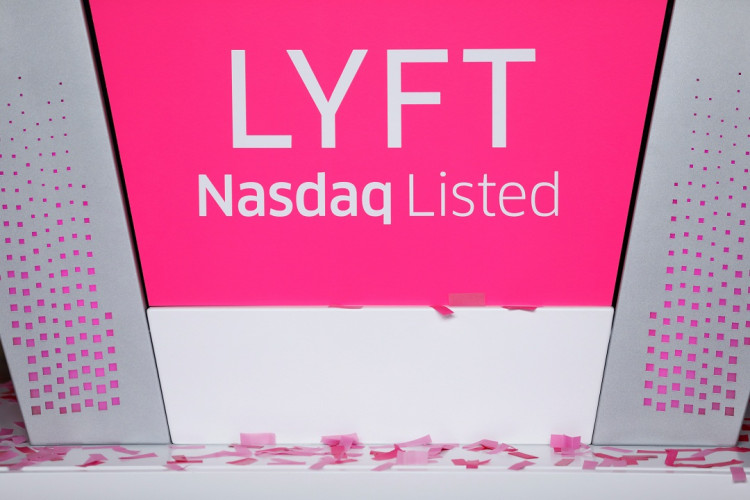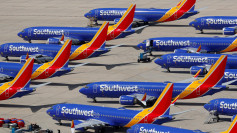Following the footsteps of its larger ride-hailing rival Uber, Lyft has apparently now filed a new lawsuit against the city of New York with aims to remove its new rule that limits the times its drivers are allowed to spend in the city without passengers. The announcement of the lawsuit against the city was made through a statement released over the weekend.
According to the company, the newly implemented rules that limit driver cruising times are arbitrary and greatly threatens their business. Lyft also alleged that the move will only end up shifting away from business from ride-hailing services to favor traditional metered taxis.
Lyft had mentioned that the city's decision to impose the rule will not address traffic congestion and would only end up hurting both passengers and drivers. The San Francisco-based company's suit aims to nullify the new rule for both its sake and the sake of other ride-hailing services operating in New York.
New York City's newly imposed rule, which is otherwise known as the "cruising cap" rule, was implemented by the New York Taxi and Limousine Commission (TLC).
Under the new rule, vehicles using ride-sharing apps will only be allowed up to 31 percent of their driving time without passengers within Manhattan. This means that drivers of ride-sharing vehicles will need to have active passengers at least 69 percent of the time.
TLC argues that the rule should greatly reduce traffic congestion in Manhattan. The agency stated that over a third of the vehicles in Manhattan south of 96th street during peak hours are ride-sharing vehicles.
TLC spokesman Allan Fromberg mentioned in a statement in response to Lyft's lawsuit that the agency will "vigorously" defend against the removal of the rule. TLC believes that the rule, along with other measures imposed last year, should result in much safer and less congested streets.
Prior to Lyft's filing of its lawsuit, ride-hailing giant Uber has contested the measure back in September. Uber also contested the agency's imposition of a ban on the issuance of new licenses for ride-hailing vehicles through August 2020. Uber had explained that it had complied with all of the city's regulations, but the new rules simply are not acceptable and greatly threaten its business.
Both Lyft and Uber have implemented measures to reduce the number of vehicles on the streets during slow demand, but those measures are apparently not sufficient for the TLC.
The companies also argued that the agency's new rules will prevent a lot of drivers from earning a decent income and their services are still very useful, especially for remote areas where taxis are not readily available or do not frequently travel to.






